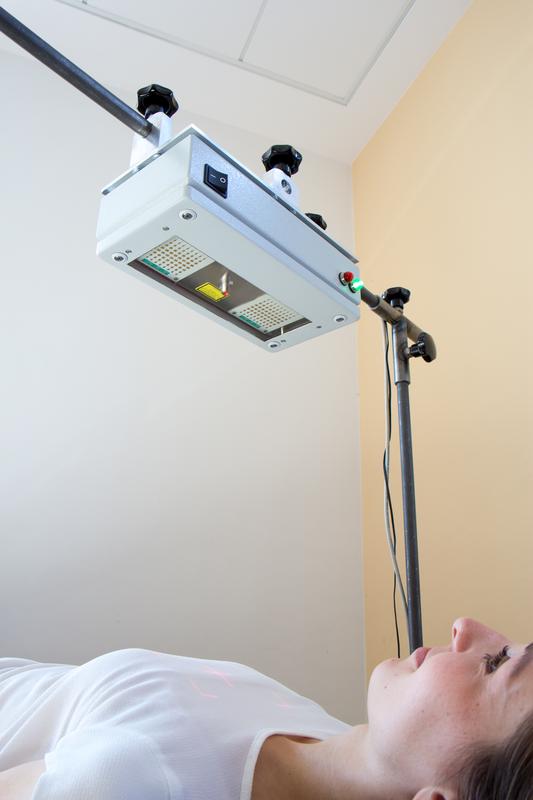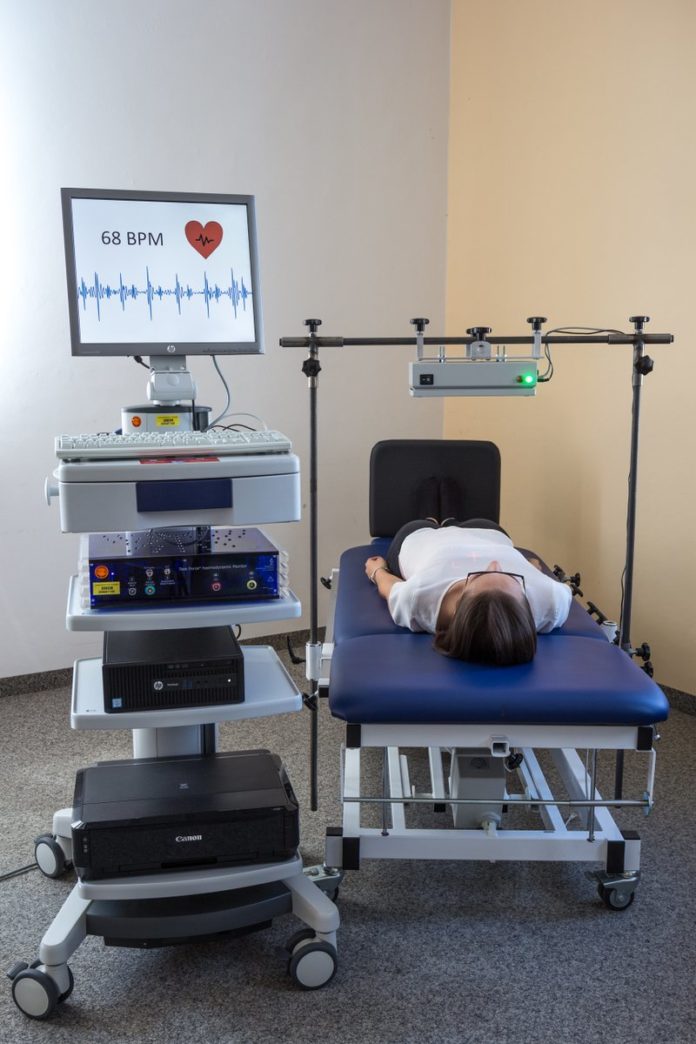Scientists at the Brandenburg University of Technology (BTU) in Cottbus in collaboration with Department of Palliative Medicine at Universitätsklinikum Erlangen, electronic engineers at Friedrich-Alexander-Universität Erlangen-Nürnberg (FAU) have demonstrated a new method to detect and diagnose heart sounds using radar. The method is expected to replace stethoscopes in near future.
Using this method, it will also be possible to use stationary radar devices for permanent touch-free monitoring of patients.
From the heart and abdomen to the lungs, a stethoscope is an indispensable device used to listen to the sounds made by various organs in the body to check for any irregularities. Acoustic stethoscopes are comparatively inexpensive and have been used reliably for several decades, but they have one drawback. The diagnosis of heart murmurs, such as the assessment of heart valve function, is carried out subjectively and is directly dependent on the experience of the doctor conducting the examination.
But now, scientists have come up with a procedure that could eventually replace conventional phonocardiology. Using a six-port continuous wave radar system, they measured the vibrations on the skin caused by the heartbeat.

Christoph Will, a doctoral candidate at LTE said, “In principle, we’re using a similar method to detecting speed in road traffic. During this process, a radar wave is aimed at the surface of an object and reflected. If the object moves, the phase of the reflecting wave changes. This is used to calculate the strength and frequency of the movement – of the chest in our case.”
During testing, scientists examined patients with various states of activity such as while resting and after sports.
Kilin Shi, who is also a doctoral candidate at LTE said, “While diagnosing S1, which is the first heart sound, for example, we achieved a correlation of 92 percent with the ECG. The correlation was 83 percent in a direct comparison of the signal shapes with the digital stethoscope. That’s absolutely reliable.”
the slight deviations are caused by the fact that measurements using the radar system and the reference systems cannot be carried out simultaneously in exactly the same place on the body. In addition, the radar system measures a surface area and not a single spot like the stethoscope, which is also a reason for the varying measurement values.
Scientists are now working on another project for monitoring the vital functions of patients who are seriously ill using stationary radar systems around the clock and without disruptive cables.
Prof. Dr. Christoph Ostgathe said, “Touch-free and therefore stress-free measurement of vital parameters such as heart sounds has the potential to revolutionize clinical care and research, for example, in palliative medicine. For example, we could inform relatives of terminally ill patients more quickly at the beginning of the dying phase, as the radar system immediately detects any changes in patients’ health. It would also be possible to detect any painful symptoms in patients who cannot communicate.”
The results have now been published in the renowned journal ‘Scientific Reports’.
